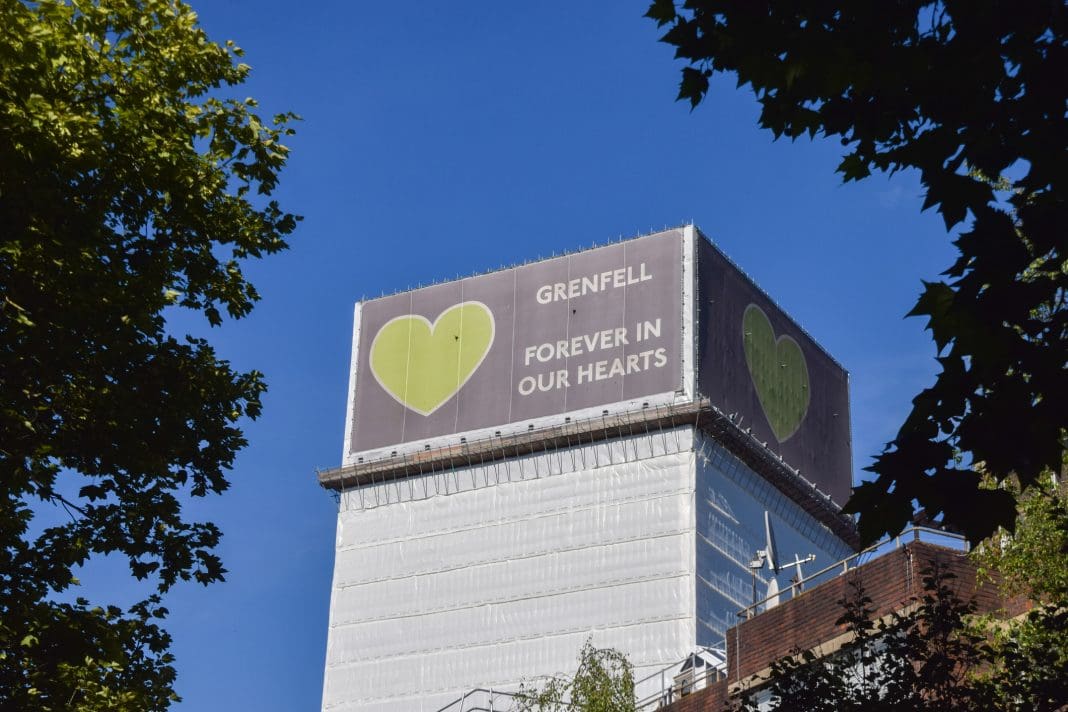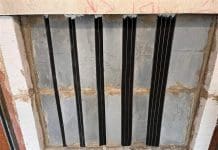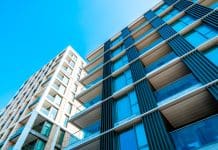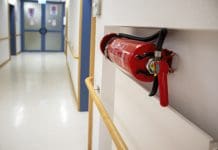The latest government data shows that there are 2,300 residential buildings, at 11m or over, that have yet to have remediation work started on their unsafe cladding
Government data has revealed that there are 4,613 residential buildings standing at 11m or over with unsafe cladding. Of these, only 50% have had remediation work started or completed to remove the cladding.
The data comes from the Ministry of Housing, Communities, and Local Government.
Unsafe cladding is a serious issue
Unsafe cladding presents serious hazards for residential buildings. It may have been a contributing factor to the recent Dagenham tower blaze, as a sobering example.
The cladding issues are deemed as life-critical fire safety (LCFS) hazards.
With remediation work having being started or completed on 2,299 of these buildings, that leaves 2,331 buildings that have not had work started as of 31 July 2024.
Of the 4,613 identified residential buildings, 2,414 are social housing, of which 663 have completed remediation. This means all the residents of those buildings are currently at an increased fire risk due to non-compliant cladding.
489 of the buildings have unclear remediation plans, on the current data.
The data also went into specifics regarding Aluminium Composite Material (ACM) in high-rise towers, showing that 499 towers with ACM are not expected to meet regulations.
ACM is the same cladding that was used on the Grenfell tower, site of the 2017 disaster in which the tower burned, killing 70 and injuring over 70 more.
Government guidance on cladding has changed
Government guidance on unsafe cladding was updated in 2022, reading: “It has become clear that many residential blocks of flats have serious historical fire safety defects associated with their original construction or a subsequent refurbishment. Most notably, this has included the use of unsafe cladding on the external walls of these buildings.
“The Building Safety Act 2022 changes the regulatory regime so we can have confidence in the future about new buildings.
“Due to the risks posed by these existing fire safety defects, remediation work can be necessary. In the most concerning cases, the entire cladding system for a building may need to be replaced, or proper fire compartmentation installed between flats.”



![[VIDEO] Making DorTrak reports easy to read with Fireco Inspecting fire doors at Fireco, firedoor technology, 2023](https://www.pbctoday.co.uk/news/wp-content/uploads/2024/04/JPZ_2364-web-218x150.jpg)










